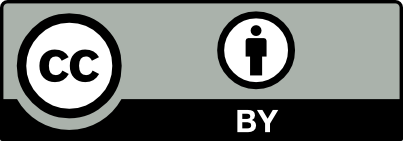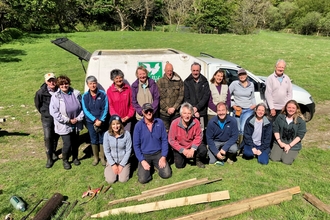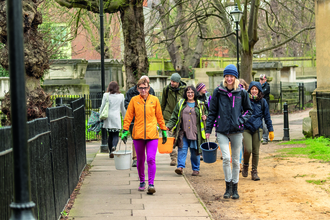Health and safety for community groups
Local businesses helped residents in Bemerton, Wiltshire build raised beds and a wooden gazebo for their community garden. Copyright Zosia Durniat Wiltshire Wildlife Trust
This is not specific legal advice
This is a guide to get you started. We recommend that you consult proper legal advice. Look for a solicitor who provides 'pro bono' (free) help or contact the Environmental Law Foundation here.
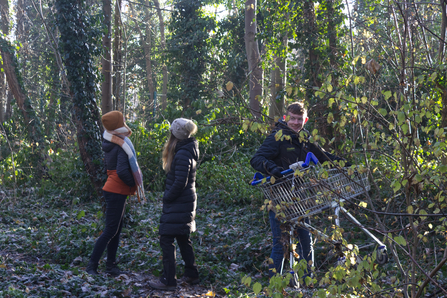

Image Copyright Hayley Ashby 2024
When you organise an activity, start with a risk assessment - see our related guide to learn more about risk assessments.
You may need public liability insurance or other insurances. You can find more information in our guide to insurance for local groups.
You can use warning signs but remember two things:
- Children may not understand them. They might also be unclear for people who have different literacy levels or who don't speak English.
- A sign doesn't mean you're not liable (not responsible) if someone gets injured. These signs have no legal standing and won't let you off the hook if you are to blame.
Your liability (responsibility) to the public
Unless you set out to actually create a risk, or you're reckless about whether a risk is created, you’re not liable for any injury caused by:
- any natural feature of the landscape including any tree, shrub, plant, river or stream
- any ditch or pond, whether natural or not
- people passing over, under or through a wall, fence or gate, except if they’re making proper use of a gate or stile
This comes from the UK Government's online guidance here.
But you do have a 'duty of care' which means you must look after anyone who comes onto the site and its boundaries, including staff, volunteers, members of the public, visitors and even intruders.
Look at the Occupiers' Liability Act 1957, amended 2005 to read the official law.
Basically, you need to do a risk assessment and make sure everything is as safe as it can be.
If you are using harmful chemicals such as weedkillers, you must take care that no one is harmed. But it is even better if you can reduce or stop using insecticides, herbicides and pesticides totally. See our related guide below about taking action for insects.
Ponds are great for wildlife. But some community groups worry that they will get into trouble if someone is injured, or worse. The Federation of City Farms and Gardens has a lot of in-depth advice here about ponds, and how you can still have a pond without any problems.
This is a very complicated topic and each community group and project is slightly different. So remember these key points:
- Do risk assessments, and review them regularly.
- ACT on the results of your risk assessment! Put control measures in place.
- Don't assume putting a sign up means you're free to do anything you like. You MUST make the area as safe as it can be.
- Get free advice from the Environmental Law Foundation here.
- Make sure you have the right insurance.
- But don't let a fear of being sued stop you from doing your projects. Visit other projects and ask how they are coping - they will be able to help you!
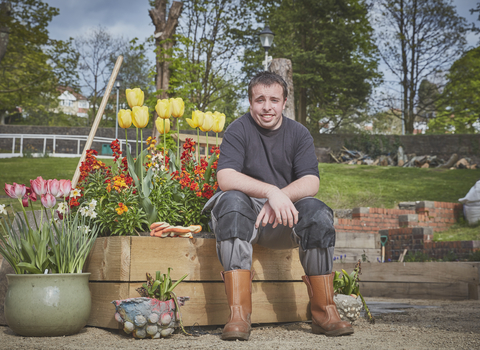

The Wildlife Trusts
Have you been part of a community nature project?
We'd love to hear from you! Your experiences will be shared right here on the Community Hub and will inspire others to take action in their own neighbourhoods.
Except where noted and excluding images, company and organisation logos, this work is shared under a Creative Commons Attribution 4.0 (CC BY 4.0) Licence.
Please attribute as: “Nextdoor Nature (2022-2024) by The Wildlife Trusts funded by The National Lottery Heritage Fund, licensed under CC BY 40”


